Cover
Inside NAND Flash Memories
ISBN 904819430X
Preface
Acknowledgements
Table of contents
1 Market and applications for NAND Flash memories
1.1 Introduction
1.2 Flash memory architectures
1.3 Multi-bit per cell storage
1.3.1 Memories scaling
1.3.2 Multi-level cell concept
1.3.3 NAND scaling
1.3.4 Capacity
1.3.5 Device characteristics
1.4 Market and applications
1.4.1 Removable portable storage
1.4.2 Embedded storage
1.4.3 Solid state drives
1.5 Market outlook
2 NAND overview: from memory to systems
2.1 Introduction
2.2 NAND memory
2.2.1 Array
2.2.2 Basic operations
Read
Program
Erase
2.2.3 Logic organization
2.2.4 Pinout
2.3 Command set
2.3.1 Read operation
2.3.2 Program operation
2.3.3 Erase operation
2.3.4 Synchronous operations
2.4 NAND-based systems
2.4.1 Memory controller
Wear leveling
Garbage collection
Bad block management
ECC
2.4.2 Multi-die systems
2.4.3 Die stacking
2.4.4 3D memories and XLC storage
References
3 Program and erase of NAND memory arrays
3.1 Floating gate cell physics
3.1.1 The ONO IPD floating gate cell
3.1.2 The band diagram of the floating gate cell
3.1.3 Capacitive cell model
3.2 Altering the stored charges
3.2.1 Fowler–Nordheim tunneling mechanism
3.2.2 Incremental step pulse programming ISPP
3.2.3 Interaction between cell parameters and ISPP
3.3 The NAND array
3.4 The program operation and its side effects in the NAND array
3.4.1 Self-boosted program inhibit SBPI
3.4.2 Capacitive model of the NAND string
3.4.3 Disturb effects
3.4.3.1 Program disturb
3.4.3.2 Pass disturb
3.4.3.3 Edge disturb
3.4.4 Advanced SBPI schemes
3.4.4.1 Local SBPI schemes
3.4.4.2 Asymmetric SBPI
3.5 The erase operation and the NAND array
3.5.1 Self-boosted erase inhibit SBEI
3.5.2 Erase disturb
3.6 Stochastic effects: Impact on cell distributions
3.6.1 Process variations
3.6.2 Floating gate cross-coupling
3.6.3 Injection statistics
3.6.4 Models for Cell–System Interaction
References
4 Reliability issues of NAND Flash memories
4.1 Introduction
4.2 Basic concepts
4.3 Basic reliability effects related to tunnel oxides
4.3.1 Endurance and intrinsic oxide degradation
4.3.2 Hot Hole Injection oxide degradation
4.3.3 Data retention
4.3.4 Overprogramming
4.3.5 General comments concerning oxide degradation
4.4 Disturbs related to memory architecture
4.5 Emerging reliability threats
4.5.1 Gate Induced Drain Leakage
4.5.2 Random Telegraph Noise
4.5.3 Charge injection statistics
4.5.4 Temperature instabilities
References
5 Charge trap NAND technologies
5.1 Introduction
5.2 Planar charge trap NAND
5.2.1 Stack description
5.2.2 Cell write mechanisms
Program
Erase
5.2.3 Stack options
5.2.4 Why charge trap memories?
5.2.5 Planar charge trap issues
5.3 3D charge trap memories
Acknowledgments
References
6 Control logic
6.1 Logic device view
6.2 Command interface
6.3 Test interface
6.4 Datapath
6.5 Microcontroller
6.6 ROM
6.7 RAM
6.8 Meta-language
References
7 NAND DDR interface
7.1 NAND Flash evolution: the need for increased bandwidth
7.1.1 Applications driving the NAND high speed interface evolution
7.1.2 Limitations of the asynchronous interface
7.1.3 How to improve the performance of NAND based systems
7.1.4 Adopting DDR protocol
7.1.5 High density systems: density, power and performance
7.2 Basic input output circuit design
7.2.1 I/O circuits for asynchronous NAND
7.2.2 Basic CMOS output buffer design
7.2.3 Driving high capacitive loads and noise: slew rate control
7.2.4 Simultaneous Switching Noise (SSN)
7.3 High speed NAND I/O design
7.3.1 High speed output buffer circuits
7.3.2 Double data rate OCD
7.3.3 OCD linearity: push–pull and open-drain configurations
7.3.4 Slew rate control and bandwidth
7.3.5 Voltage domain change: level shifting
7.3.6 Jitter sources and duty cycle distortion
7.3.7 ESD
Input and output ESD protections
7.3.8 Layout
7.3.9 I/O capacitance problem
References
8 Sensing circuits
8.1 Introduction
8.2 Reading techniques using the bitline capacitor
8.2.1 Interleaving architecture
8.2.2 Interleaving architecture: page buffer core design
8.3 Reading techniques with time-constant bitline biasing
8.3.1 All BitLine (ABL) architecture
8.3.2 ABL architecture: sensing design
8.4 ABL versus interleaving architecture
References
9 Parasitic effects and verify circuits
9.1 Background pattern dependency (BPD)
9.2. Reading techniques for negative sensing
9.2.1 Conventional negative verify
9.2.2 Absolute negative sensing
9.2.3 Current sensing
9.2.4 Source line read for ABL sensing
9.3 Source line bias error
9.3.1 Sensing with source line bias compensation
9.3.2 Multi-pass sensing
References
10 MLC storage
10.1 MLC coding and programming algorithms
10.1.1 Full-sequence programming
10.1.2 Floating gate coupling reduction
10.2 MLC sensing circuit
10.2.1 Read
10.2.2 Cache read
10.2.3 MLC program/verify operations
10.2.4 Check circuits
10.2.5 Coarse and fine programming
10.3 Data-load
10.3.1 Data-load 1
10.3.3 Data-load 3
10.4 Moving read voltages
References
11 Charge pumps, voltage regulators and HV switches
11.1 Charge pumps
11.2 Read regulator
11.3 Double-supply voltage regulator
11.4 Voltage references
11.5 Internal supply voltage regulator
References
12 High voltage overview
12.1 Program algorithm
12.2 Erase algorithm
12.3 HV system
12.4 Wordline decoder
12.5 Hierarchical GWL decoder
References
13 Redundancy
13.1 Redundancy concept
13.2 NAND architecture and redundancy
13.3 Process data failure analysis and redundancy requirements
13.3.1 Failure analysis concept
13.3.2 EWS substitution
13.4 Redundancy architectures
13.4.1 Realtime substitution
13.4.2 Software substitution
13.5 Fuse ROM
13.6 NAND block as OTP for redundancy data concept
References
14 Error correction codes
14.1 Introduction
14.2 Mathematical background
14.2.1 Block codes
14.2.2 Convolutional codes
14.3 BCH codes
14.3.1 Encoding
14.3.2 Decoding
14.4 Reed–Solomon codes
14.5 BCH versus Reed–Solomon
14.6 Parallel BCH
14.7 Low-Density Parity-Check (LDPC) code
14.7.1 LDPC code decoding algorithm
14.7.2 LDPC code construction and encoder/decoder design
14.7.3 QC-LDPC code performance evaluation
References
15 NAND design for testability and testing
15.1 NAND architecture and testing
15.1.1 Array testing
15.1.2 High voltage pumps testing
15.1.3 Read circuitry testing
15.2 NAND Flash memory testing introduction
15.2.1 Test phases: first silicon, ramp-up, production
15.2.2 NAND Flash test flow introduction
Wafer level flow
Back-end flow
Burn-in
15.2.3 Test flow and test time optimization
15.2.4 KGD testing
15.2.5 BAD Blocks Management
15.3 NAND DFT
15.3.1 Special test pads
15.3.2 Low Pin Count Testing (LPCT)
15.3.3 Voltage regulators and trimming
15.3.4 Fuse ROM
15.3.5 OTP Blocks
15.3.6 Test interface
15.3.7 Microcontroller as Built In Self Test (BIST) hardware
15.3.8 Fail counter
15.4 Fundamental NAND test modes
15.4.1 Parallel tests
Parallel wordline Program
Parallel erase
Parallel read
Parallel program of array and redundancy
15.4.2 Margin read
15.4.3 Data fail compression
15.4.4 Internal Vth search
15.4.5 ROM, RAM, Fuse ROM testing
15.4.6 Internal clock measurement
15.4.7 Tests for defect detection and yield enhancement
Shorts among bit lines detection
Bit lines opens, string open
Shorts between wordlines
15.4.8 Stress modes
References
16 XLC storage
16.1 Introduction
16.2 VTH distribution width
16.3 8LC
16.3.1 Program sequence
16.3.2 Program: circuits and cache operation
16.3.3 Read: circuits and cache operation
16.4 16LC
16.4.1 Three rounds re-programming sequence
16.4.2 Sequential sensing
References
17 Flash cards
17.1 Introduction
17.2 Memory card architecture and assembly
17.3 Memory card specifications
17.3.1 Pinout
17.3.2 Commands and responses
17.3.3 Registers
17.4 Flash translation layer
17.5 Cryptography
17.6 Execute in place
17.7 Managed memory
17.7.1 Multibit and shrink technology issues
Read disturb
Pass disturb
Program disturb
Trapping and Detrapping
Coupling
17.7.2 Microcontroller solutions
17.7.3 Flexible solution
References
18 Low power 3D-integrated SSD
18.1 Introduction
18.2 Analysis of SSD performance
18.3 Selective bit-line precharge scheme
18.4 Advanced source-line program
18.5 Intelligent interleaving
18.6 Sector size optimization
18.7 Adaptive program-voltage generator for 3D-SSD
18.8 Conclusions
References
19 Radiation effects on NAND Flash memories
19.1 Introduction to radiation effects in CMOS circuits
19.1.1 Environments
19.1.1.1 Terrestrial environment
19.1.1.2 Space
19.1.2 Overview of radiation effects
19.1.2.1 Radiation–matter interaction
19.1.2.2 Categories of radiation effects
19.1.3 Total ionizing dose effects
19.1.3.1 Basic mechanisms
19.1.3.2 Effects on MOSFETs
19.1.3.3 Scaling
19.1.4 Single event effects
19.2 Radiation effects on NAND Flash memories
19.2.1 Total ionizing dose effects
19.2.1.1 Floating gate cells
19.2.1.2 Charge pumps
19.2.1.3 Decoders
19.2.2 Single event effects
19.2.2.1 Floating gate cells and page buffer
19.2.2.2 Single event functional interruptions
19.2.2.3 Power supply current spikes
19.2.2.4 Overall cross section
19.3 Radiation effects on floating gate cells
19.3.1 Total ionizing dose
19.3.2 Single event effects
19.3.3 Long-term effects
19.3.4 Atmospheric neutrons
19.4 Conclusions
References
About the authors
Index
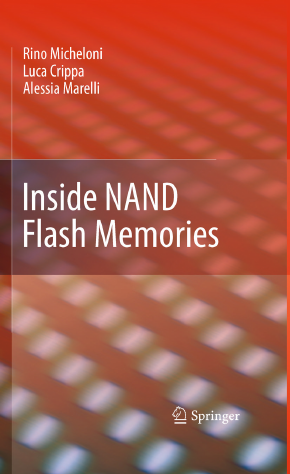
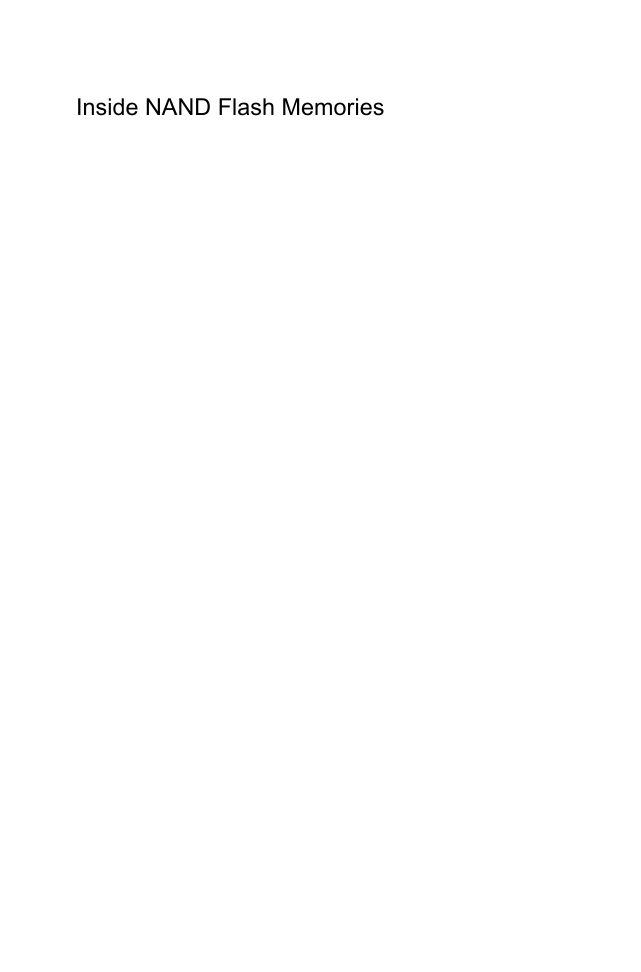


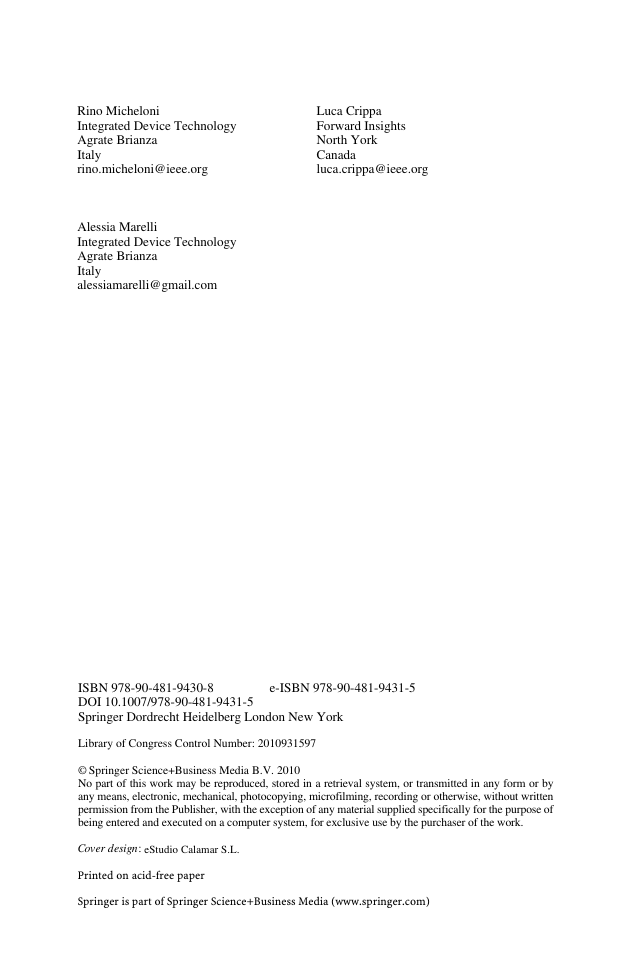

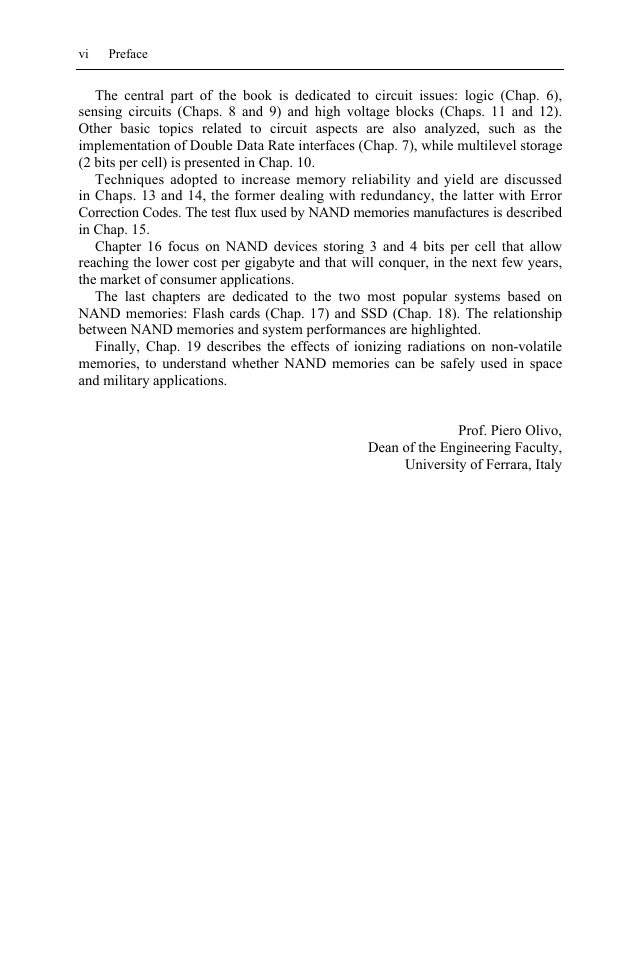
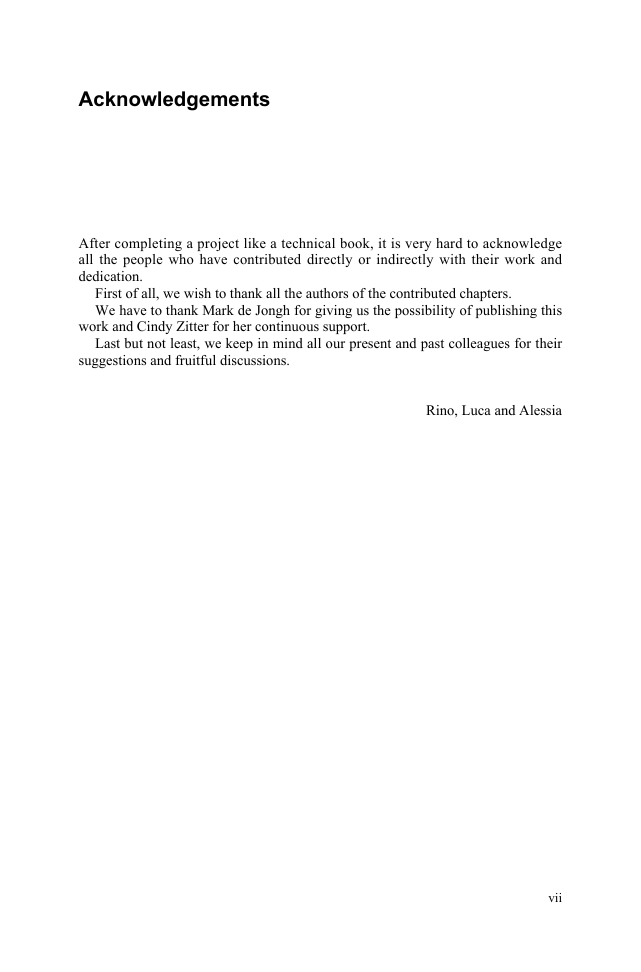








 2023年江西萍乡中考道德与法治真题及答案.doc
2023年江西萍乡中考道德与法治真题及答案.doc 2012年重庆南川中考生物真题及答案.doc
2012年重庆南川中考生物真题及答案.doc 2013年江西师范大学地理学综合及文艺理论基础考研真题.doc
2013年江西师范大学地理学综合及文艺理论基础考研真题.doc 2020年四川甘孜小升初语文真题及答案I卷.doc
2020年四川甘孜小升初语文真题及答案I卷.doc 2020年注册岩土工程师专业基础考试真题及答案.doc
2020年注册岩土工程师专业基础考试真题及答案.doc 2023-2024学年福建省厦门市九年级上学期数学月考试题及答案.doc
2023-2024学年福建省厦门市九年级上学期数学月考试题及答案.doc 2021-2022学年辽宁省沈阳市大东区九年级上学期语文期末试题及答案.doc
2021-2022学年辽宁省沈阳市大东区九年级上学期语文期末试题及答案.doc 2022-2023学年北京东城区初三第一学期物理期末试卷及答案.doc
2022-2023学年北京东城区初三第一学期物理期末试卷及答案.doc 2018上半年江西教师资格初中地理学科知识与教学能力真题及答案.doc
2018上半年江西教师资格初中地理学科知识与教学能力真题及答案.doc 2012年河北国家公务员申论考试真题及答案-省级.doc
2012年河北国家公务员申论考试真题及答案-省级.doc 2020-2021学年江苏省扬州市江都区邵樊片九年级上学期数学第一次质量检测试题及答案.doc
2020-2021学年江苏省扬州市江都区邵樊片九年级上学期数学第一次质量检测试题及答案.doc 2022下半年黑龙江教师资格证中学综合素质真题及答案.doc
2022下半年黑龙江教师资格证中学综合素质真题及答案.doc